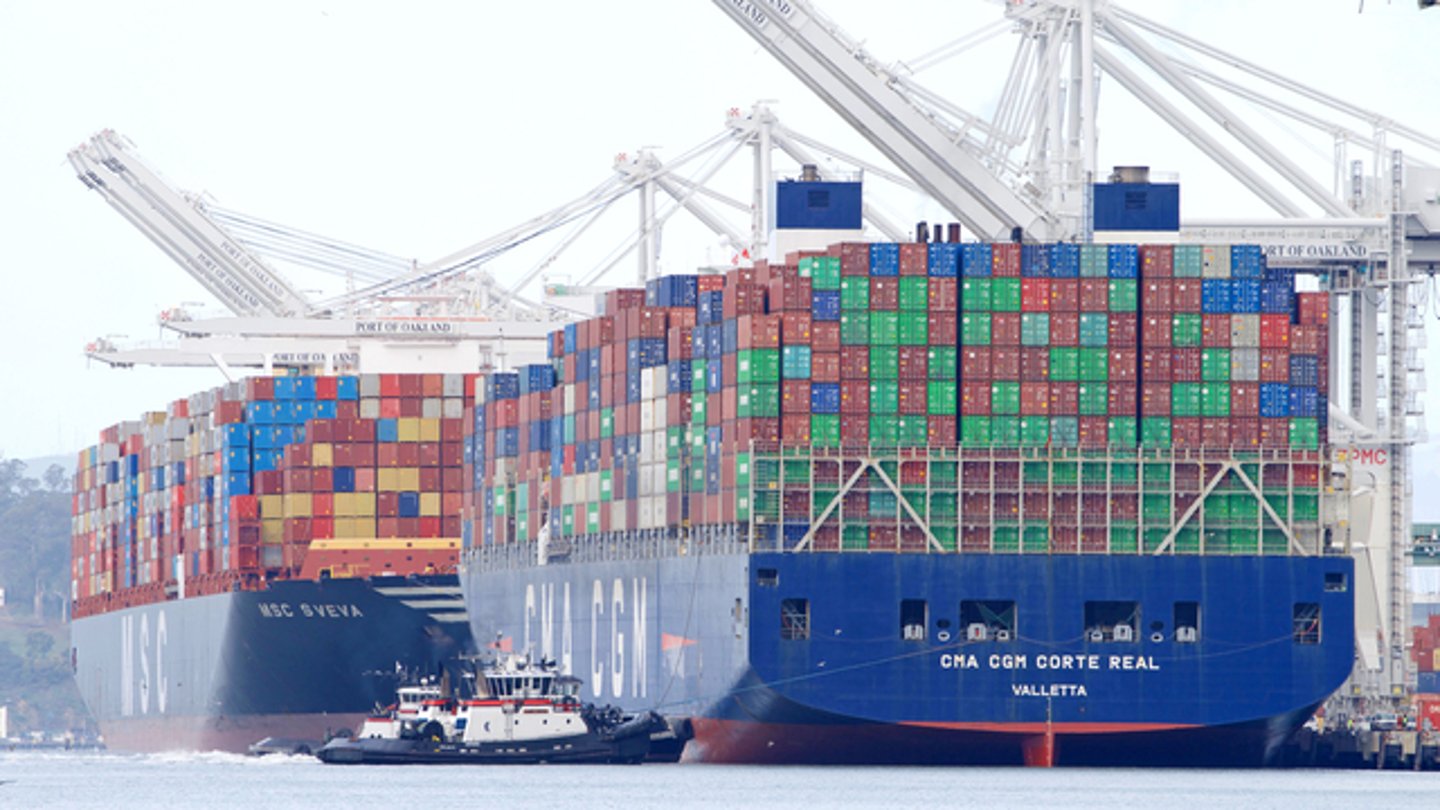Post-July Dip Expected for U.S. Imports Amid Tariff Concerns
Import cargo is expected to rebound in July after a double-digit drop in the spring, according to the monthly Global Port Tracker from the National Retail Federation and Hackett Associates.
However, the expected bump in July could be short-lived if tariffs paused by the Trump Administration are reactivated in August.
"The tariff situation remains highly fluid, and retailers are working hard to stock up for the holiday season before the various tariffs that have been announced and paused actually take effect," said Jonathan Gold, vice president for Supply Chain and Customs Policy with the NRF. "Uncertainty over tariffs makes it increasingly difficult for retailers to plan, especially small businesses that have no capacity to absorb tariffs."
The president on Monday, July 7, signed an executive order delaying "reciprocal" tariffs until Aug. 1 but also announced tariffs of up to 40% on more than a dozen countries. He has indicated he will send additional letters to other countries. There are also questions about what happens with tariffs on China in August, even though a deal was recently signed.
"A flurry of tariff-related announcements from the Trump administration has only served to further increase supply chain uncertainty," said Ben Hackett, founder of Hackett Associates. "The global supply chain functions best in a trade environment that is smooth and predictable. Instead, it has been forced to contend with erratic policies and geopolitical volatility."
U.S. ports covered by Global Port Tracker handled 1.95 million Twenty-Foot Equivalent Units — one 20-foot container or its equivalent — in May, the latest month for which final data is available. That was down 11.8% from April and down 6.4% year-over-year. It was also the first year-over-year decline since September 2023 and the lowest volume since 1.93 million TEU in May 2024.
Ports have not yet reported numbers for June, but Global Port Tracker projected the month at 2.06 million TEU, up 5.9% from May but down 3.7% year-over-year. July is forecast at 2.36 million TEU, up 2.1% year-over-year; August at 2.08 million TEU, down 10.4% year-over-year; and September at 1.82 million TEU, down 19.9% year-over-year for the lowest monthly total since 1.87 million TEU in December 2023.
October is forecast at 1.81 million TEU, down 19.2% year-over-year, and November at 1.7 million TEU, down 21.3% for the lowest total since 1.78 million TEU in April 2023. While the falling aggregate totals in August through November are related to tariffs, the large year-over-year percentage declines are partly because imports in late 2024 were elevated due to concerns about East Coast and Gulf Coast port strikes.




